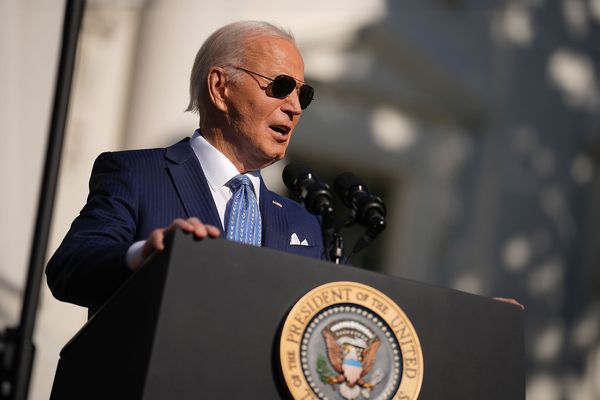U.S. oil prices extended their recent surge Wednesday, taking domestic gasoline prices closer to a fresh all-time high, following Energy Department data showing the lowest levels of supply in the Strategic Petroleum Reserve in more than three decades.
Overall U.S. stockpiles rose by a stronger-than-expected 2 million barrels last week, the Energy Department said in its regular update, taking the overall total to 416.76 million barrels. Much of that increase was pegged to a 1.7 million decline in exports, however, with overall production holding steady at 11.9 million barrels per day.
Refining capacity surged to the highest levels in more than two years, however, as efforts by the White House to boost gasoline supplies look to be having an impact.
Still, U.S. gasoline prices, which reached an all-time high of $4.955 per gallon yesterday, are also likely to move higher.
“After a blistering week of gas prices jumping in nearly every town, city, state and area possible, more bad news is on the horizon," said Patrick De Haan, head of petroleum analysis at GasBuddy. "It now appears not if, but when, we’ll hit that psychologically critical $5 national average."
WTI futures contracts for July delivery, which are closely linked to U.S. gas prices, closed $2.70 higher on the session at $122.11 per barrel following the Energy Department data release.
Brent crude contracts for August, the global pricing benchmark, added $3.01 to settle at $123.58 per barrel.
Exxon Mobil (XOM) shares were marked 1.5% higher in early Wednesday trading to change hands at $104.90, near the highest since 2014, while Chevron (CVX) rose 0.7% to $181.40.
President Joe Biden authorized the release of 180 million barrels from the SPR, spread over six months, in order to bring down global crude prices and ease the supply hit from Russia's war on Ukraine on March 31.
The move marks the third release from the SPR in six months, and the largest-ever from the nation's emergency stockpile, which now sits at the lowest levels since March of 1987, according to Energy Department data published Wednesday.
Recent moves to release crude from the emergency store have had the opposite effect on markets, however, with U.S. crude prices rising more than 50% from the time Biden first tapped the SPR in late November to the extended spike triggered by Russia's invasion of Ukraine on February 24.
Prior to that, global oil prices rose 12% in the two weeks following President Barack Obama's decision to release 30 million barrels from the SPR in June of 2011 to offset supply disruptions linked to the civil war in Libya.
Sanctions on the sale of Russian crude, as well as the shutdown of a key export hub operated by the Caspian Pipeline Consortium, which accounts for about 1% of global output, have also helped lift crude prices since the late February invasion.







